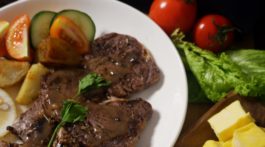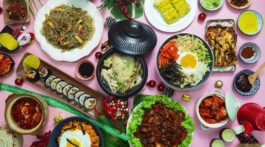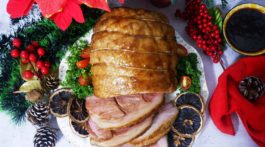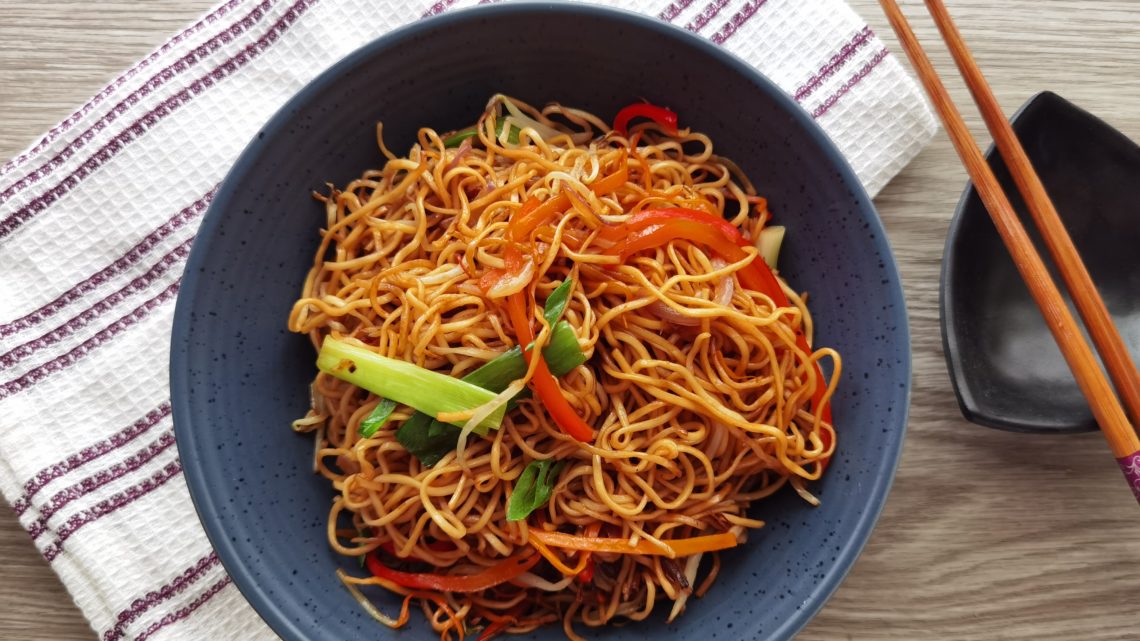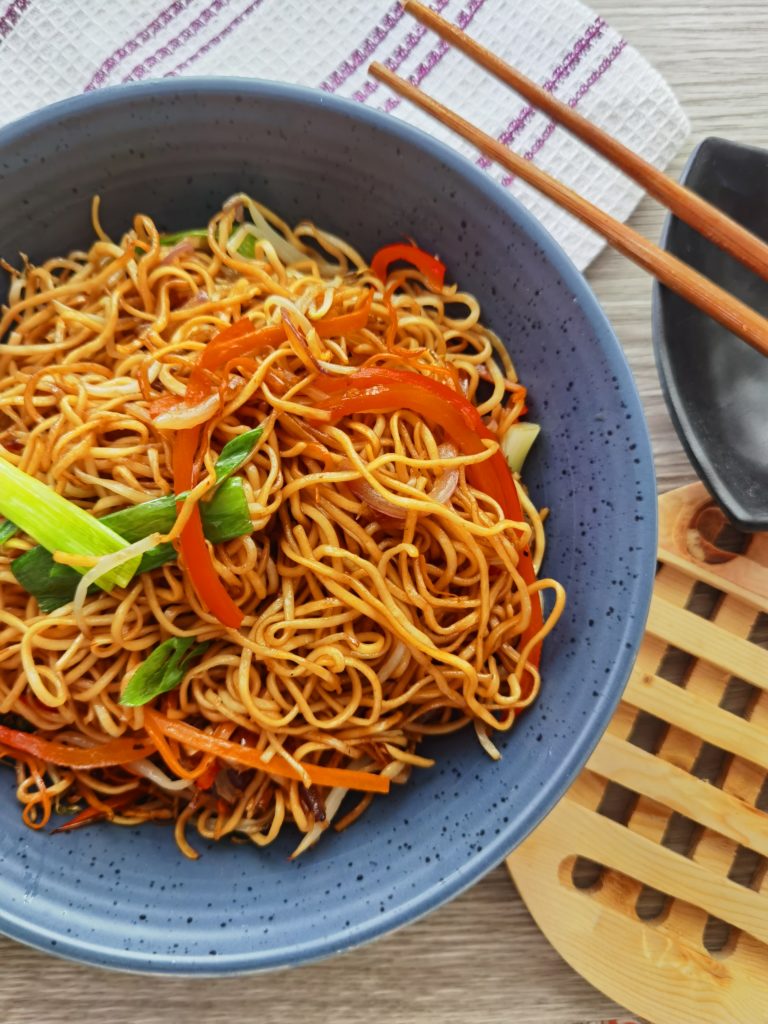Editor's Rating
You can cook your favorite Hong Kong street food at the comforts of your own home!
Despite the fact that I call this dish HK Style Chow Mein, it’s not entirely HK Style as I add a bit of my personal touch in Kecap Manis which is definitely not in the original version of the Chow Mein. If you want the true authentic one, you can try looking up ‘Cooking with Lau’ channel on YouTube. They did such an awesome job covering this dish and it’s the authentic way of cooking Chow Mein.My sauce is actually based on their recipe, but I give a bit of my personal touch. I also use some of their tips & tricks when cooking Chow Mein. Definitely check them up
Notes:
- The most important part of the sauce is the ratio of each ingredients and it’s actually to-taste. Meaning, you adjust accordingly if you feel the sauce lack the flavour that you are looking for. You can add a bit more of the soy sauce, sugar, or oyster sauce. It’s really up to you.
- If you are cooking a big batch of Chow Mein and your wok / pan is not big enough. Please cook in batches or else you will not cook the Chow Mein properly. Make more sauce if you think it’s not enough for your batch of Chow Mein.
You may also check-out my full video tutorial on my YouTube Channel:
Ingredients:
- Egg Noodles (Thin), but not Angel’s Hair thin.
- Garlic – cut in strips
- Green Onions / Leeks – cut in strips
- Onions – cut in strips
- Bean Sprouts
- Red Bell Pepper – cut in strips
- Carrots – cut in strips
Sauce:
- Sweet Dark Soy Sauce (HK Style) – 1 tablespoon
- Sweet Soy Sauce (Kecap Manis) – 1 tablespoon
- Oyster Sauce – 1 tablespoon
- Vinegar – 1/2 tablespoon
- Sugar – 2 teaspoon
- Water – 1 teaspoon
Vegetables & Sauce Preparation:
- Prepare & cut all of the vegetables.
- Combine & mix the sauce ingredients.
Noodles Preparation:
- Prepare a big pot. Fill it up with water.
- Once it’s boiling, add about 2-3 tablespoon of oil. The purpose is avoid the noodles from getting sticky to each other.
- Boil it according to the instruction in the packaging. But, I prefer to boil mine a bit under (about 1-2 minutes less than what the time suggested), because we will cook the noodles again. You should definitely not overcook the noodles.
- Once the timer is up, drain the water. Put the noodles in a colander. Run it over running cold water quickly. Try to take out the water in the noodles as much as you can by shaking the colander. Make sure the noodle is cold and it’s not sticky to each other.
Cooking Vegetables:
- Prepare a wok. You can actually do it using a pan as well. Non stick pan is even better.
- Make sure the wok / pan is hot before you put in the oil. This is to ensure your wok / pan becomes non-stick.
- Cook the onions first. Then add in garlic.
- Add the carrots, green onions, and red bell pepper.
- Season with a bit of salt and pepper. Just a bit, because it will be seasoned again with the sauce later on when we cook the noodles.
- Take out & set aside.
- Next, add a bit of oil again. Cook the bean sprouts. Season with a bit of salt and pepper. Take out & set aside.
Cooking Chow Mein:
- Clean the wok / pan after you finish cooking the vegetables.
- Heat it up again. Wait until it’s hot, then put in 2-3 tablespoon of oil.
- Put in the noodles. The first minute of cooking the noodles, let it sit. Do not stir! We want to create a layer of crispy noodle. That’s why we let it cook by itself until the there’s a golden brown layer on the bottom of the noodles. It shouldn’t take long. Maybe about 1-2 minutes.
- After, flip the noodles and do the same thing for the other side of the noodles.
- Once it’s done, it’s time to put in the vegetables, including the bean sprout.
- Put in the sauce. About 1-2 tablespoon per batch.
- Stir, stir, stir!
- Make sure the sauce coats the surface of the noodles. Put a bit more sauce if you like.
- Take it out. It’s done! Bon appetit!




